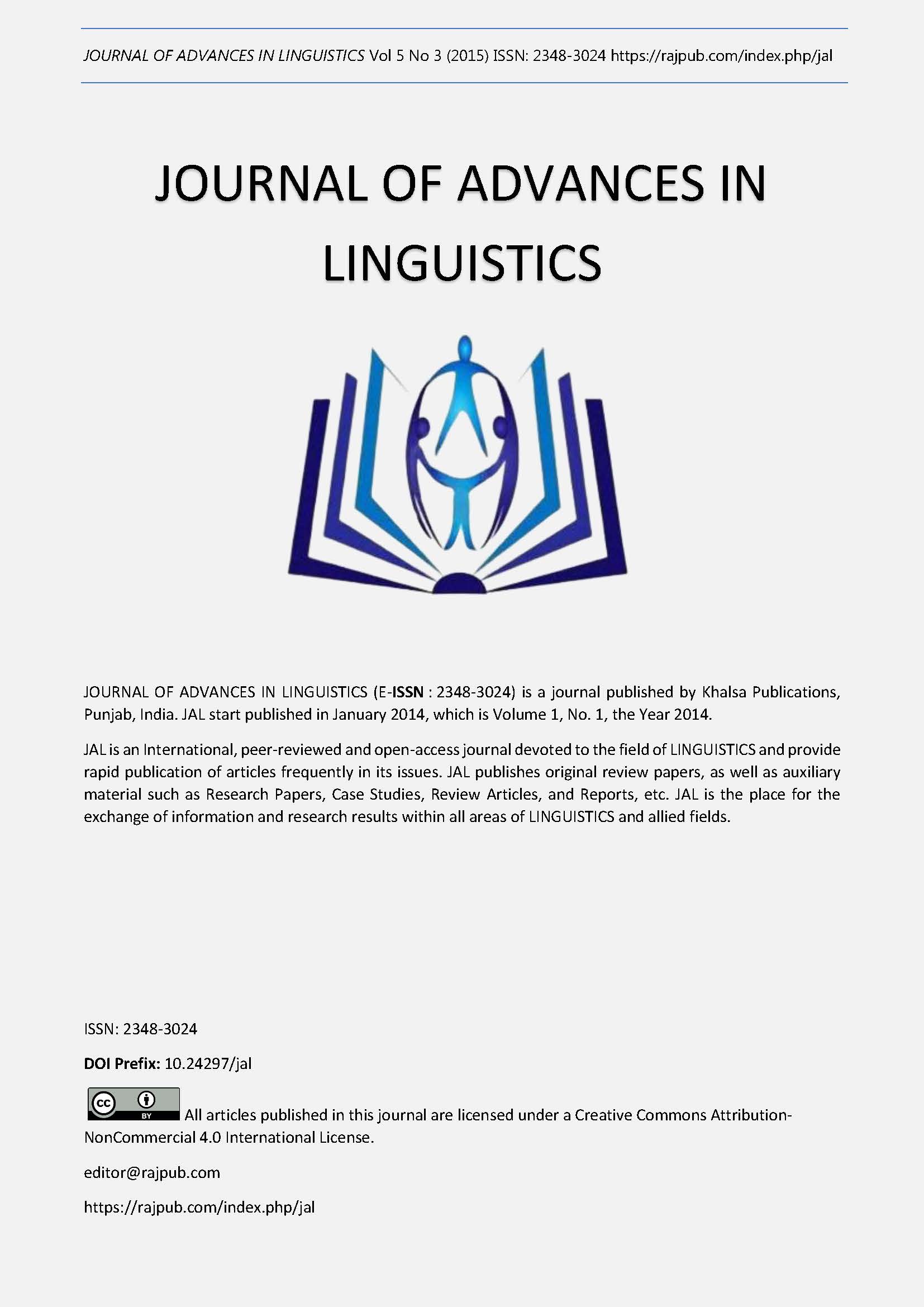On the syntax of anticausativisation and decausativisation in Japanese and Chinese
DOI:
https://doi.org/10.24297/jal.v5i3.2867Keywords:
anticausativisation, decausativisation, Japanese, ChineseAbstract
This paper is dedicated to a comparison of transitive/intransitive verb alternation in Japanese and Chinese. Discussions are focused upon three grammatical elements: monosyllabic verbs, compound verbs and constructions. The findings reveal that the two languages share similarities in two aspects: (i). transitive and intransitive verbs share the same word form; (ii) transitive and intransitive verbs can derive from the same adjective stems. Significant distinctions are also seen between the two: anticausativisation and decausativisation in Japanese are mainly facilitated in morphological level, e.g. anticausativisation is realised through the morpheme and decausativisation is conveyed by . The morpheme can be used with both intransitive and transitive verbs. Regarding Chinese, lexical and syntax have a curial role to play in transitive/intransitive verb alternation. Decausativisation appears the most favourable strategy of the alternation. Two ways of decausativisation is observed: schema of [action + resultative state]; verb compounds (V-V). Three types of V-Vs are possible for this strategy, i.e. Predicate-Complement V-V, Modifier-Head V-V and Coordinative V-V. Among them, predicate-complement V-V has the largest token of decausativisation. Moreover, constraints on Chinese anticausativisation and decausativisation are seen. When a resultative complment predicate an internal argument, the higher the agentivity that implies manner of action, the greater the unlikelihood of anticausativisation. In decausativisation, the internal argument that accepts the change of state is limited to the ‘possessive relationship.
Downloads
Downloads
Published
How to Cite
Issue
Section
License
 All articles published in Journal of Advances in Linguistics are licensed under a Creative Commons Attribution 4.0 International License.
All articles published in Journal of Advances in Linguistics are licensed under a Creative Commons Attribution 4.0 International License.




